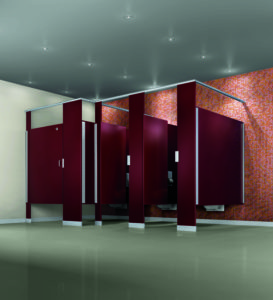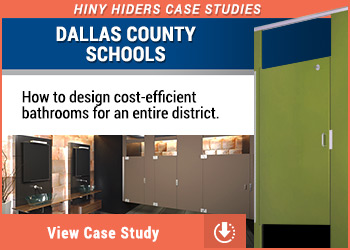Thievery is a problem that occurs in every school, regardless of location. If you’re managing an educational facility, you’re surely aware of the reports of theft from lockers and locker rooms in your school. There are various ways that you can reduce theft in your school and locker rooms, but choosing the most effective route is important to reduce the risk of students or faculty losing personal belongings or valuables to an unknown perpetrator.
Beefing Up Security Can Reduce Theft in Your School
Many schools that need an action plan to reduce theft in their school and locker rooms tend to upgrade their security systems. This mainly includes cameras, strategically positioned in locker corridors. This can have two beneficial outcomes. The first being that the perpetrator will be caught in the act on camera. The other benefit is that it can actually ward off anyone from breaking into the locker because there are eyes watching. However, utilizing security cameras can be ineffective when it comes to theft in locker rooms.
There’s no legal way that security cameras can be placed in locker rooms because it would be an unlawful invasion of privacy. As a result, due to the lack of surveillance, the locker room turns into an open market where a person could get away with stealing personal belongings without getting caught. But, there are effective ways to reduce theft in locker rooms through innovative lockers.
Reducing Locker Room Theft Through Updating Lockers
While the security camera scenario does indeed have its pros and cons, there’s a better option available. If your school has the traditional metal lockers, it may be time for an upgrade. Metal lockers are susceptible to moisture, and when in use for many years, will begin to rust, and the integrity of the locker’s security can be compromised. Students will even use various methods to discover the weakness in the locker, which then provides easy access for theft.
Some schools have taken action against the weakness of their original lockers, and have replaced them with high-density polyethylene (HDPE) school lockers. HDPE is a solid plastic that’s proven to be highly durable, as it’s resistant to scratches, dents, and even graffiti. These HDPE lockers are a big step in combating theft in your schools.
HDPE Lockers: Secure & Durable
HDPE lockers have numerous benefits. Their highly durable construction prevents them from cracking, denting, and scratching. A thief would have a difficult time trying to break into the locker due to the solid construction and the built-in locks, and would probably deem the task unworthy of the effort.
Another major benefit of these lockers is that they can be used in locker rooms. They’re resistant to moisture and humidity, which is abundant in locker rooms. Mold won’t sprout on the lockers, resulting in higher air quality in your school. The moisture won’t affect the integrity of the lockers, so you can rest assured knowing your locker room has great security without compromising the privacy of the students.
Would you like to learn more about how HDPE lockers can benefit you and your school? Check out our Duralife Lockers Product Kit to learn more about how these durable lockers can help reduce theft in your school.





